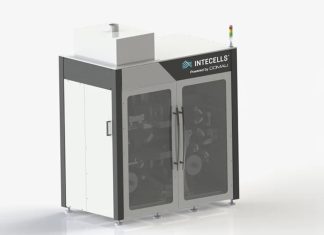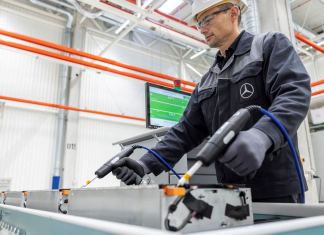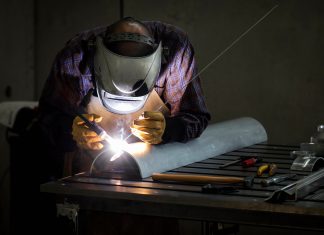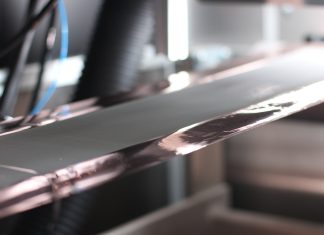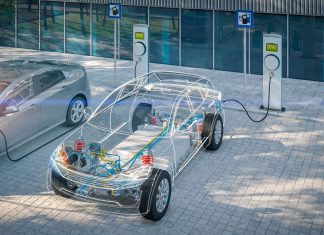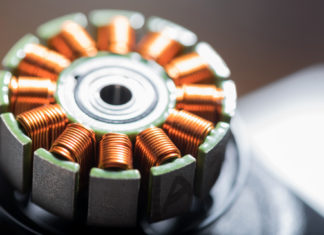Mega-deposit of rare earths discovered in Sweden: turning point for the EU?
Besides an iron ore mine, the Swedish State mining company LKAB has discovered a deposit of over 1 million tons of rare earths in the northern area of Kiruna, in Lapland. As we know,...
Renault shifts strategy on rare earths free e-motors
Renault has decided to change its strategy for the development of rare earths free electric motors, now seeking a specialized Chinese supplier for stator components and ending the collaboration with Valeo.
Comau and Intecells, next-generation electrode manufacturing
Comau has reinforced its strategic collaboration with U.S.-based Intecells to accelerate the industrialization and commercialization of next-generation electrode manufacturing solutions based on cold plasma technology.
Following an initial...
Turboden, geothermal lithium for Europe’s EV batteries
Turboden S.p.A., a Mitsubishi Heavy Industries Group company, in collaboration with ROM Technik, has announced the award of a major Engineering, Procurement, and Construction (EPC) contract from Vulcan Energy for the construction...
Battery minerals, the new treasure island
Transport and Environment, a European network of citizens striving for decarbonization in transport and energy consumption has recently released a new study on the potential benefits that the European EV industry could...
METEF 2025: strategic material for the circular economy
Aluminium is a key element in the global economy and a strategic material for many industrial sectors, thanks in part to its ability to be endlessly recycled without losing quality and its...
METEF 2025: aluminium, driver of the energy transition
Aluminium with its wide range of uses in automotive and transport, construction, mechanical engineering, aerospace, packaging and electronics is crucial for the energy transition.
The aluminum industry is preparing...
Batteries, chemistry and efficiency for a more sustainable market
If lithium and other materials are concentrated in a few territories, alternatives must be found to make storage systems more efficient and improve the supply chain to our advantage.
Electrical erosion resistant bearings for EVs
Following the completion of performance evaluations, NSK can now offer a broaderrange of anti-electrical-erosion technologies for eAxle bearings used on electricvehicles (EVs). Among the new options are over-moulded bearings and conductivebrushes, elevating...
Impact on efficiency of core materials
No matter whether intended for a small or big household appliance, or used to drive hybrid and/or electrical cars or, moreover, applied in industrial ambits, the electric motor goes on confirming an unprecedented global...



